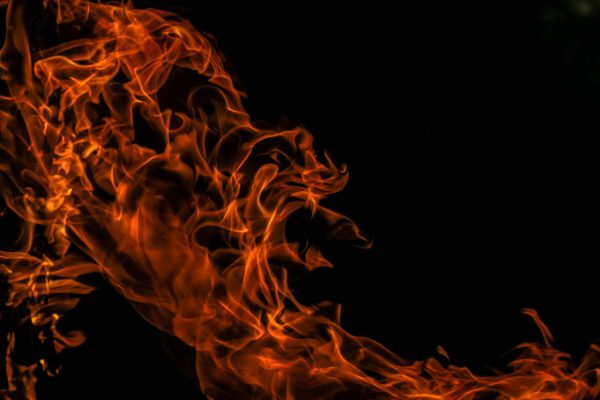After the Grenfell Tower tragedy in 2017, significant legal changes have taken place. April 2021 saw the passing of the Fire Safety Act 2021. Revisions like PAS79.2020 seek to increase clarity in guidance regarding fire risks and responsibilities for firefighters.
The new code of conduct, PAS 99880, has been in effect since January 2022. This code is designed to assess fire danger via external walls or cladding on existing blocks.
Complying with fire safety standards is largely a matter of understanding the standards and why they are required, you can take help from FR Consulting. This comprehensive guide explains what PAS 9980 is and to whom it applies. It also explains why it’s essential.
What Does PAS9980 Mean?
The British Standards Institution (BSI) published PAS 99880 in January 2022. It is a guide on reducing the possibility of fire spreading through external walls and cladding. This applies to all existing blocks of flats, including multi-story, multi-occupancy residential buildings. It includes student accommodation and sheltered accommodation.
PAS9980 describes a 5-step process for assessing fire risk to occupants. This process aims to identify the overall risk factors in a building and provides mitigation steps that may improve the risk rating. These steps are:
Step 1: Confirm that there is a fire risk assessment for external walls (FRAEW).
Step 2: Collect all the information required to complete your FRAEW.
Step 3: Identify and group important risk factors.
Step 4: Assess each risk factor individually to determine how they might contribute to the overall risk.
Step 5: To determine the outcome, compare the benchmark success criteria with the risk factor analysis.
What Exactly Are The ‘Risk Factors’?
The Code of Practice was developed to support changes to the Regulatory Reform (Fire Safety) Order 2005. These changes will be brought about by the Fire Safety Act 2021. They will confirm that fire risks in the external cladding systems are caused by the presence of combustible material – as we saw with Grenfell Tower. Fire risk factors are based on material consideration. They include the potential for undue fast fire spreading to exterior walls of the building, the probable extent of secondary fires that may occur on other floors, and the likely consequences of evacuation before the onset of extreme conditions. Higher blocks of flats are also at higher risk.
Who Is PAS9980 Applicable To?
Experts from the building and fire control industries have provided guidance. PAS 9980 provides fire risk reduction measures for competent professionals, not lay people. These steps can be used to make decisions that will lead to appraisal results. They are usually fire engineers and building professionals who are involved in all aspects of exterior wall construction. This includes contractors, facility managers, facade engineers, and architects.
Do All Buildings Need An Appraisal Under PAS9980?
This new code does NOT mean that all buildings need to undergo statutory fire risk assessments. A competent fire risk assessment may be required in these situations. This is to ensure that no fire spreading risk exists, provided that no combustible materials are added to the external walls. They will usually address compliance of external walls with the Regulatory Reform Fire Safety Order 2005 during routine fire risk assessments. Some buildings may require intrusive inspection.
What Should You Expect From The PAS9980?
PAS 9980: 2022 declares that it is a “code” of practice. It contains “recommendations and guidance”, but it does not include ‘off-peg solutions to specific wall types and materials. Given the many options, professional guidance is also recommended. Take guidance from Facade Consultants.
This standard’s importance cannot be understated. PAS9980 is an attempt to create a more consistent and precise approach to identifying and evaluating fire risks. This will allow both homeowners and builders to determine the level and identify steps that could be taken to protect residents from unnecessary financial risk.



